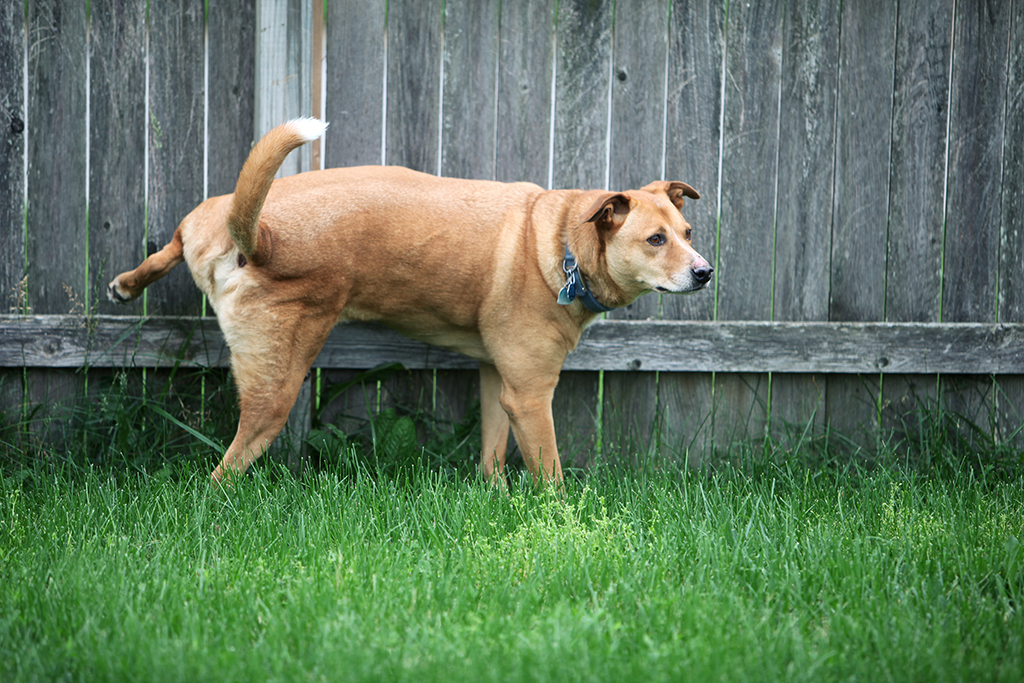
Welcoming a furry friend into your home brings boundless joy and companionship. However, the challenge of indoor dog urination can quickly dampen the thrill of pet ownership. This comprehensive guide will look into the common issue of dogs urinating indoors and emphasize the significance of uncovering effective solutions for maintaining a clean and hygienic home to prevent indoor dog urination.
The Causes Behind Peeing Inside
Behavioral Issues
One of the primary contributors to indoor dog urination lies in behavioral issues. Dogs may exhibit this behavior for various reasons, such as a lack of proper training, confusion about acceptable bathroom locations, or even territory marking. Understanding these behavioral triggers is essential to tailor an effective prevention strategy.
Medical Considerations
Indoor urination may sometimes be a symptom of underlying medical conditions. Issues like urinary tract infections, diabetes, or kidney problems can lead to accidents inside the house. Recognizing the signs and promptly addressing potential health concerns is crucial to preventing indoor dog urination.
Anxiety or Stress
Similar to humans, dogs can experience anxiety and stress, which may manifest through inappropriate urination. Changes in the environment, new family members, or even loud noises can trigger stress in dogs. By identifying and mitigating stressors, pet owners can significantly reduce the likelihood of indoor accidents.
The Importance of Finding Effective Solutions To Prevent Indoor Dog Urination
Living with a dog doesn’t mean resigning yourself to perpetual cleanup. Discovering and implementing effective solutions is paramount for several reasons:
Hygiene and Cleanliness: Maintaining a clean home is essential for your comfort and your dog’s well-being. Indoor dog urination can create unsanitary conditions, posing health risks for the pet and the owner. Finding solutions ensures a hygienic living environment for everyone.
Preserving the Bond: A harmonious relationship between a dog and its owner thrives in a clean, stress-free environment. Constant battles with indoor urination can strain this relationship. Implementing effective solutions preserves the bond by creating a positive living space for both.
Peace of Mind: Living with a dog should be a source of joy, not stress. Effectively addressing indoor urination concerns brings peace of mind, allowing pet owners to focus on the joyous aspects of canine companionship without worrying about accidents.
Practical Training Techniques To Prevent Indoor Dog Urination
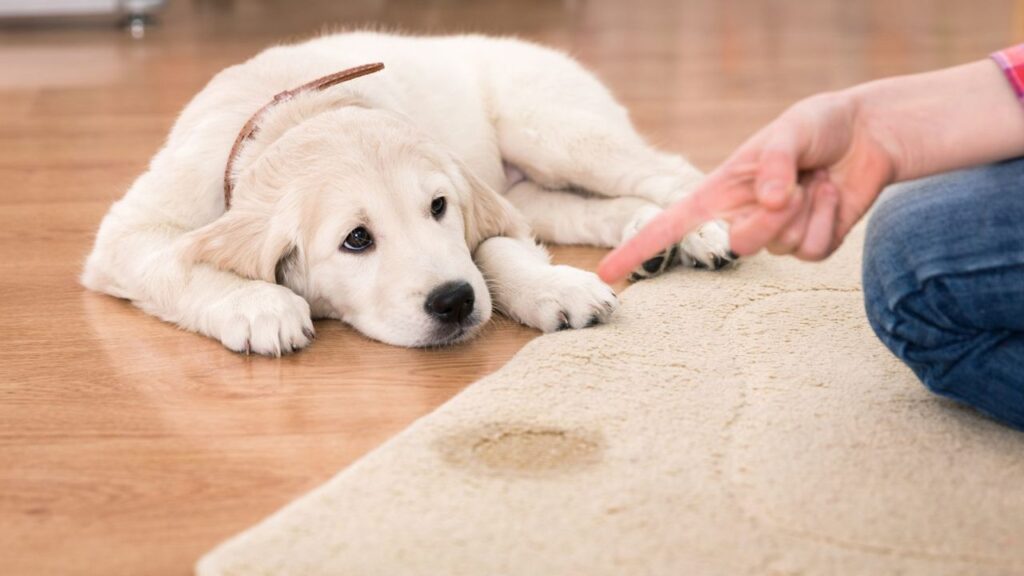
Positive Reinforcement Methods: Establishing a reliable routine and using positive reinforcement is foundational to preventing indoor dog urination. These methods encourage good behavior and strengthen your bond with your furry companion.
Establishing a Consistent Schedule: Dogs thrive on routine. Establishing a consistent feeding schedule, outdoor walks, and bathroom breaks creates predictability in your dog’s daily life. This predictability is key to preventing indoor accidents, as your dog learns when and where to relieve itself.
Using Treats and Rewards: Positive reinforcement through treats and rewards is a powerful motivator for dogs. Certainly! Here’s a refined version:
Reward your dog promptly when they exhibit desired behaviors, such as using the designated outdoor bathroom area. Positive reinforcement reinforces good behavior and helps establish the desired habits. This positive association reinforces the correct behavior, making it more likely to be repeated.
Choosing the Right Products To Prevent Indoor Dog Urination
Indoor dog pee pads To Prevent Indoor Dog Urination
1. Types and Features: Indoor dog pee pads come in various types, each designed to cater to specific needs. Understanding the options available, from disposable to reusable, is crucial for effective use.
– Disposable Pads: Convenient and hassle-free, disposable pads are ideal for busy pet owners. They often feature absorbent materials and leak-proof backing, ensuring easy cleanup. Choose pads with odor-lock technology for enhanced freshness.
– Reusable Pads: Environmentally conscious pet owners may opt for washable, reusable pee pads. These are cost-effective in the long run and can be easily cleaned, reducing waste. Look for options with multiple layers for efficient absorption.
– Grass-Style Pads: Mimicking the outdoors, grass-style pads appeal to dogs who prefer a more natural feel. They often come with a realistic texture, encouraging dogs to use them.
By understanding the distinctive features of each type, pet owners can make informed choices and select the most suitable option for their dog’s preferences and lifestyle.
2. How to Use Effectively: Effectively implementing indoor dog pee pads involves more than just laying them down. Proper placement and consistent reinforcement are key to success.
-Strategic Placement: Position pee pads in areas where your dog frequently eliminates indoors. This strategic placement helps guide them toward the designated spot.
–Positive Reinforcement: Use positive reinforcement when your dog uses the pee pad correctly. Praise and reward your furry friend to reinforce the desired behavior.
Environmental Enrichment
A. Providing Sufficient Exercise
Importance of Physical Activity: Dogs thrive on physical activity regardless of breed or size. Regular exercise contributes to their physical health and plays a pivotal role in preventing indoor urination. Physical activity helps regulate bodily functions, including the bladder, reducing the likelihood of accidents indoors.
Ideas for Mental Stimulation: Mental stimulation is vital for a well-rounded, happy dog. Engaging your pup’s mind can alleviate boredom and curb destructive behaviors, such as indoor urination driven by stress or restlessness. Incorporate activities like puzzle toys, interactive games, and obedience training sessions into your daily routine to keep your dog mentally sharp and content.
B. Creating a Comfortable and Stress-Free Environment To Prevent Indoor Dog Urination
Proper Bedding and Resting Areas: Dogs, much like humans, seek comfort in their surroundings. Providing your dog with a designated, comfortable resting area can reduce anxiety and the likelihood of indoor accidents. Choose a cozy bed or blanket and place it in a quiet, easily accessible spot where your dog can retreat and feel secure.
Calming Aids and Pheromone Diffusers: Calming aids and pheromone diffusers can be invaluable in creating a serene atmosphere. Products infused with calming scents or synthetic pheromones mimic natural canine signals, promoting relaxation. Placing diffusers strategically around the house or using calming collars can significantly reduce stress-related indoor urination.
Addressing Medical Concerns
A. Recognizing Signs of Health Issues
Before delving into training techniques or product solutions, it’s crucial to understand that indoor dog urination may be linked to underlying health concerns. Recognizing signs such as frequent urination, changes in urine color or odor, excessive thirst, or any unusual behavior is essential. Paying attention to these indicators can help identify potential medical issues early on.
B. Consultation with a Veterinarian
When signs of health problems arise, seeking professional advice is paramount. It is crucial to consult a veterinarian to obtain a comprehensive diagnosis and develop a personalized treatment strategy that addresses your dog’s specific requirements. Inappropriate urination may be linked to underlying medical issues like urinary tract infections, diabetes, or kidney problems. A veterinary professional can accurately identify these conditions and provide the necessary care and interventions to address your dog’s health concerns. Addressing these issues promptly improves your dog’s health but also aids in tackling the root cause of the problem.
Consistency and Patience
A. Emphasizing the Need for Consistent Application
Once any potential health concerns are addressed, implementing consistent training and preventive measures is crucial. Establishing a routine for outdoor bathroom breaks, using positive reinforcement techniques, and integrating chosen products should be done consistently. Dogs thrive on routine, and by creating a predictable environment, you can significantly reduce the likelihood of indoor accidents.
B. The Role of Patience in Achieving Desired Results
Patience is a key virtue in dog training. Transforming behavior is a gradual process, and encountering setbacks is entirely normal. It’s crucial to undertake this journey with a composed and patient attitude. Celebrate the small triumphs along the way, recognizing that every dog is distinct and may respond differently to different training methods. Patience fosters a positive learning environment, strengthening your bond with your furry companion.
Conclusion
Preventing indoor dog urination requires a holistic approach. By addressing potential health issues, consulting with a veterinarian, and incorporating consistent training methods, you lay the foundation for success. Patience is the key to navigating the challenges of modifying your dog’s behavior, leading to a cleaner and happier home.
FAQ
How Can I Stop My Dog From Peeing Indoors?
Here are some ways you can stop all that indoor peeing.
- Determine the trigger. …
- Interrupt your dog. …
- Increase potty breaks. …
- Confine your dog when you’re not home. …
- Spay or neuter your dog. …
- Eliminate urine odors. …
- Don’t hit or yell. …
- Get a professional opinion.
What Scent Will Stop Dogs From Peeing?
Owing to their powerful sense of smell, dogs are sensitive to strong scents that people may find normal. You can use vinegar, citrus, mint, or coffee to deter your dog from peeing on your precious belongings.
What Chemicals Prevent Indoor Dog Urination?
Vinegar and Ammonia will help dogs not pee in certain areas. Direct Them During Housetraining. Spray the Area With Vinegar. Remove Their Mark.
Does Lemon Juice Prevent Indoor Dog Urination?
Lemon Juice—While the lemon scent might appeal to many people, most dogs find it repulsive. To eliminate the odor from an area rug, you can create a solution by mixing lemon juice with water and sprinkling it over the affected area. Additionally, alcohol is another option.
What Is The Best Natural Way To Neutralize Dog Urine?
Neutralize the smell. Then, it’s advisable to saturate the area using an enzymatic cleaner or prepare a cleaning solution by mixing equal parts of (white or apple cider) vinegar and water in a 1:1 ratio. Due to its acidic properties, the vinegar will effectively counteract the bacteria in the dog’s urine, neutralizing its unpleasant odor.
What Is The Best Dog Urine Eliminator?
In general, we suggest Nature’s Miracle Stain & Odor Remover due to its adaptability across various surfaces and ability to effectively address new and ingrained stains. Additionally, it is considered pet-safe, as endorsed by Dr.

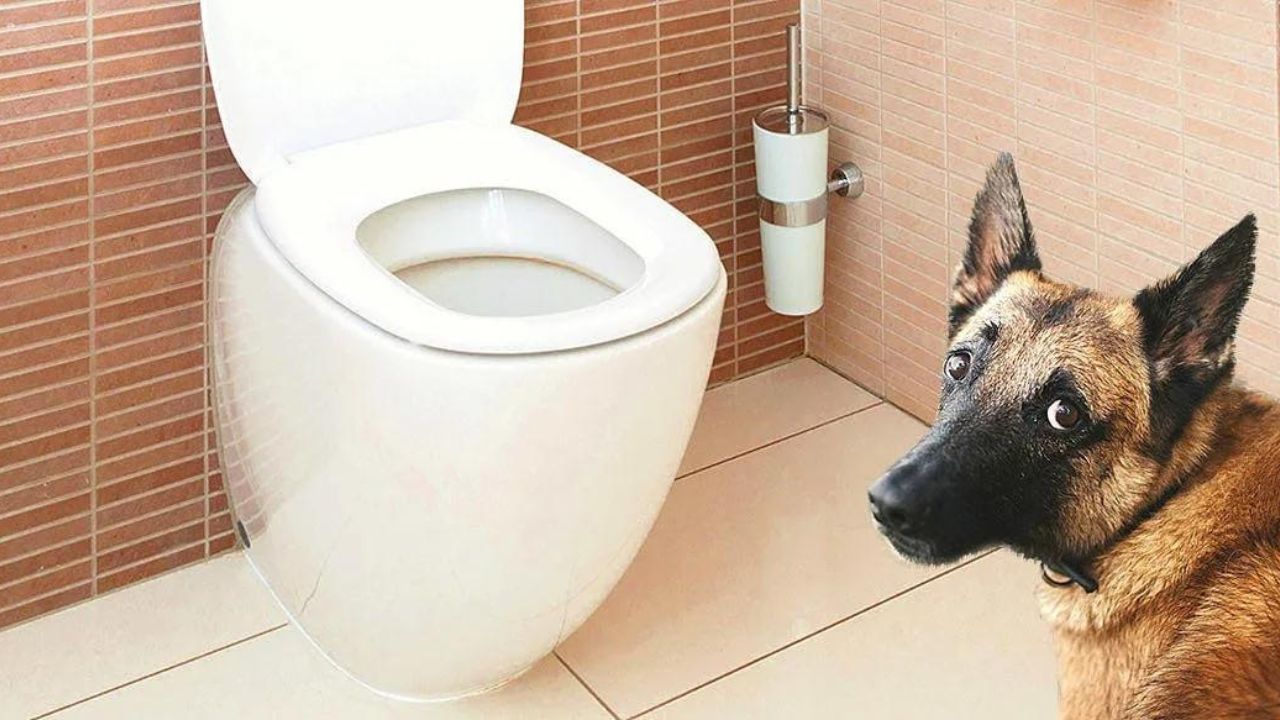
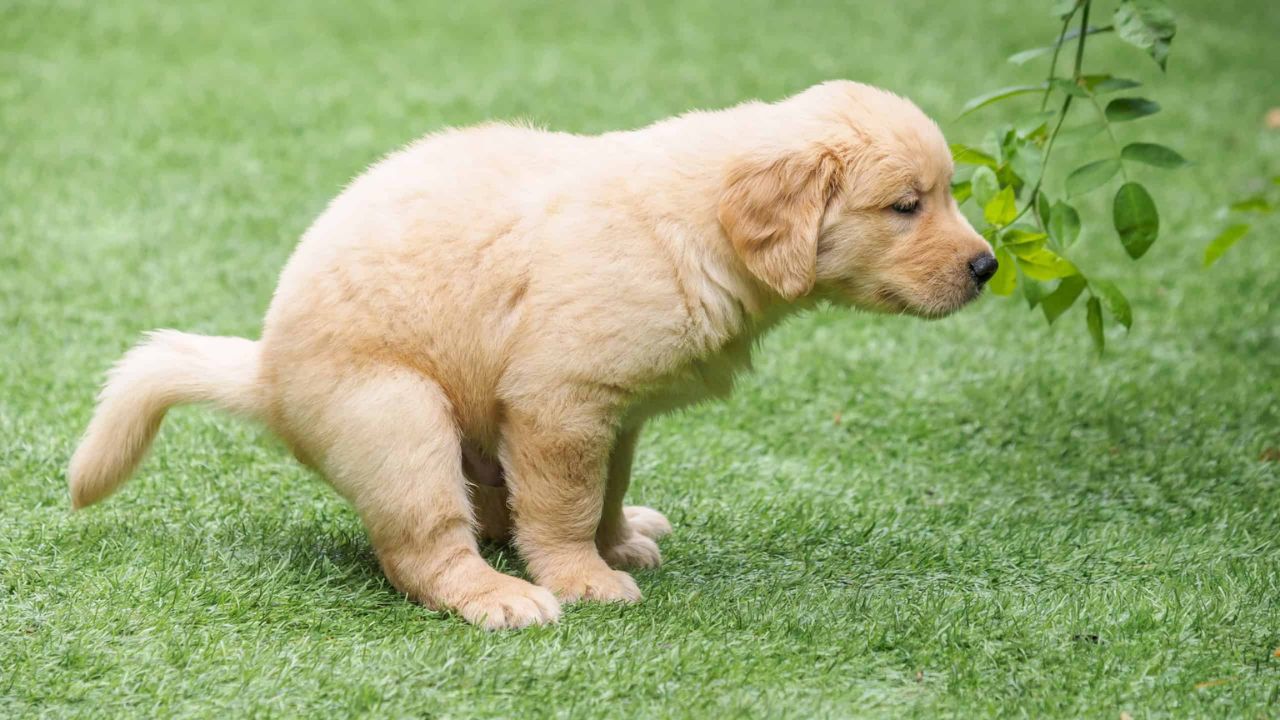




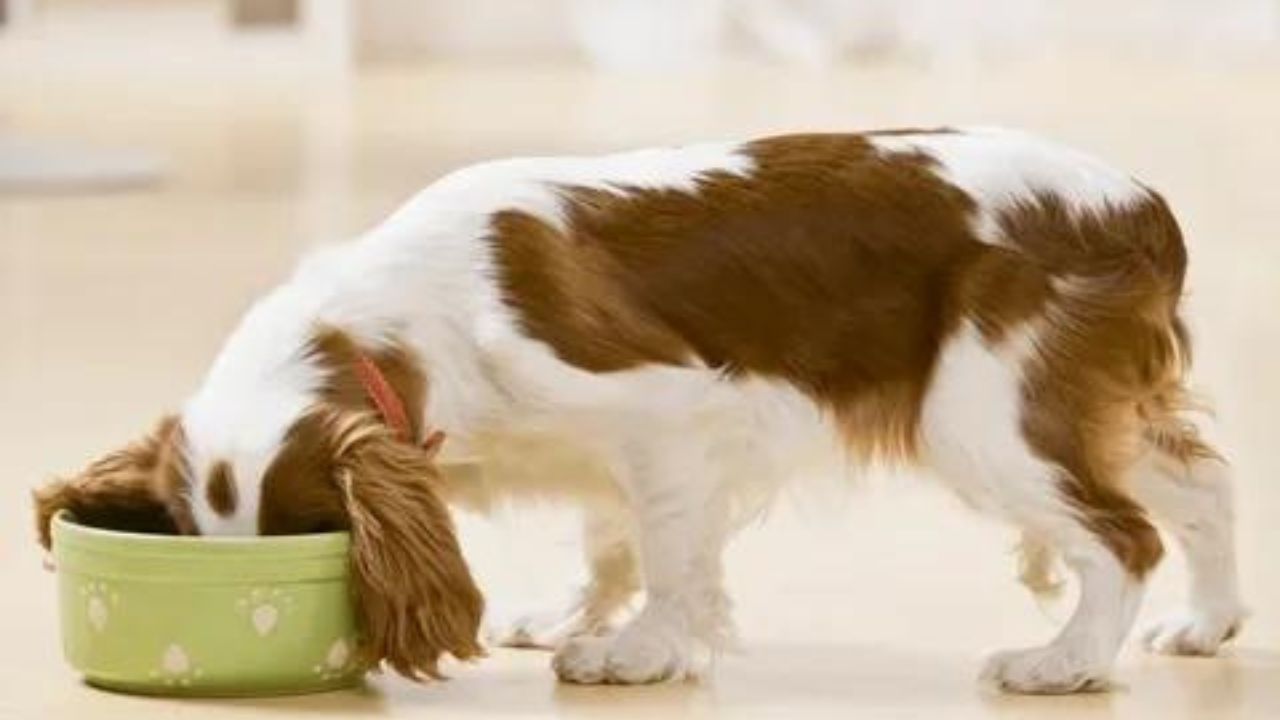
Your article helped me a lot, is there any more related content? Thanks!